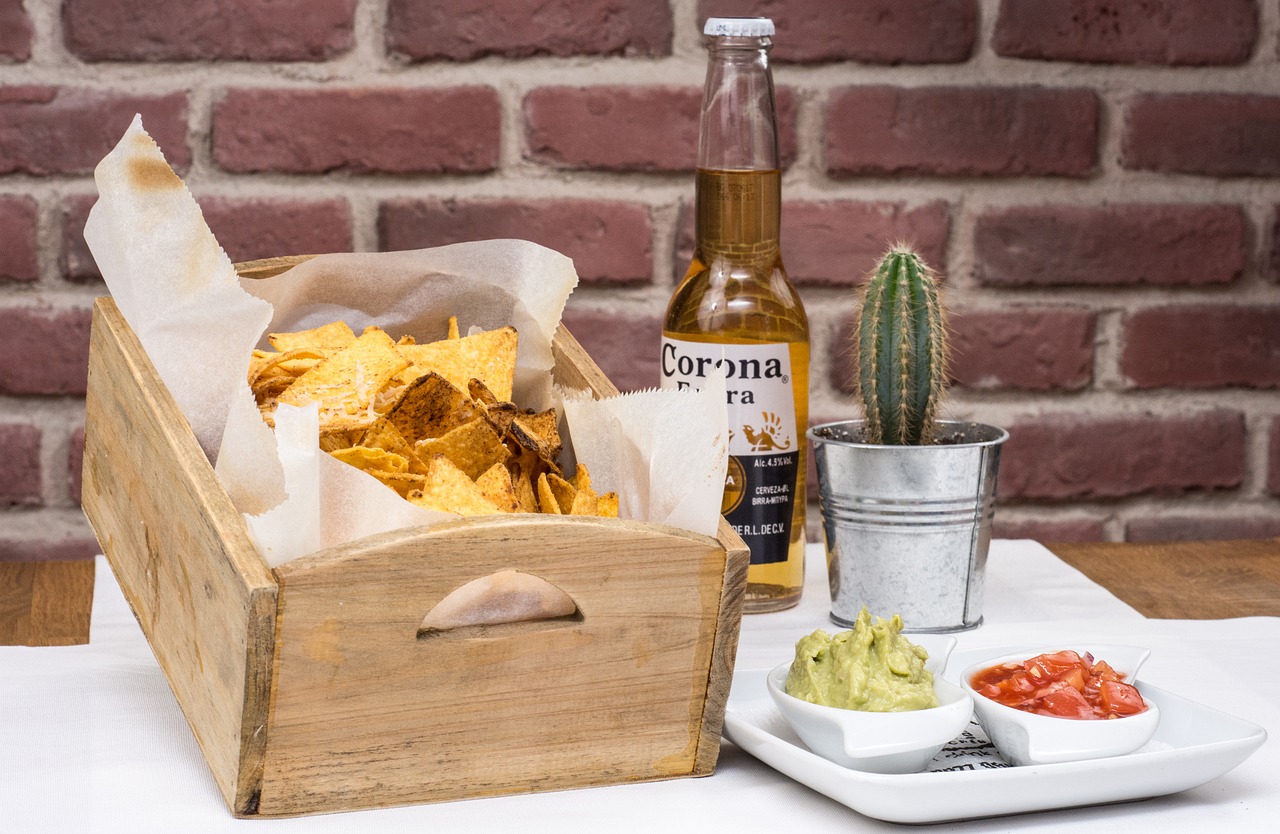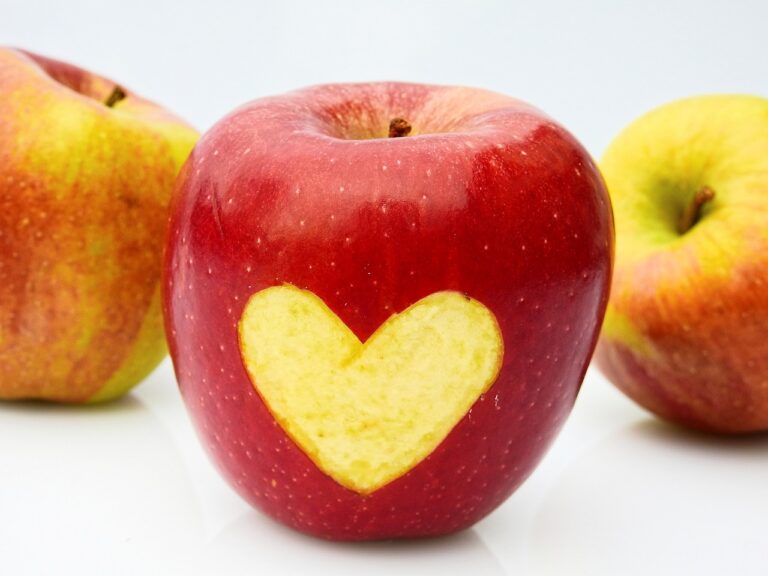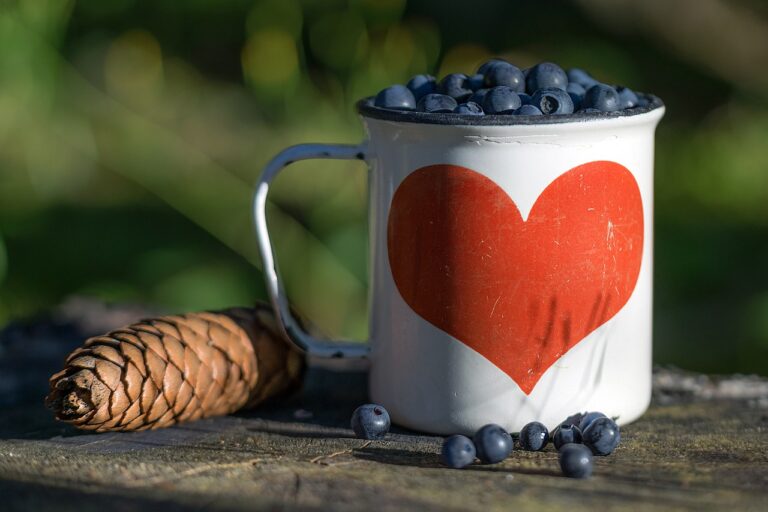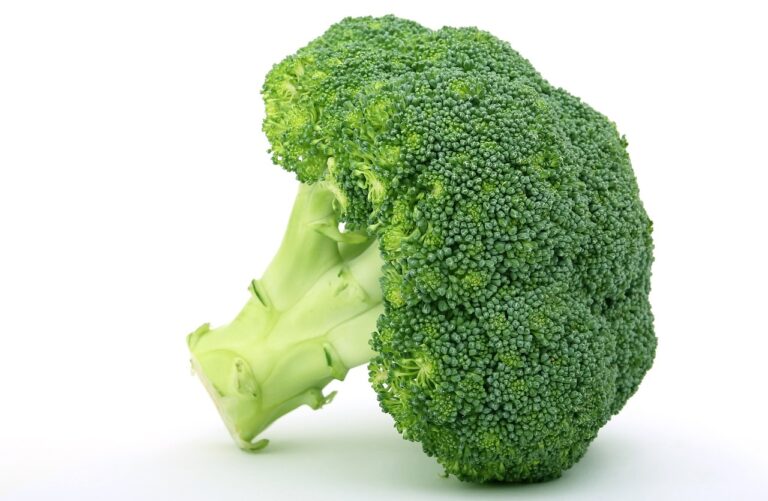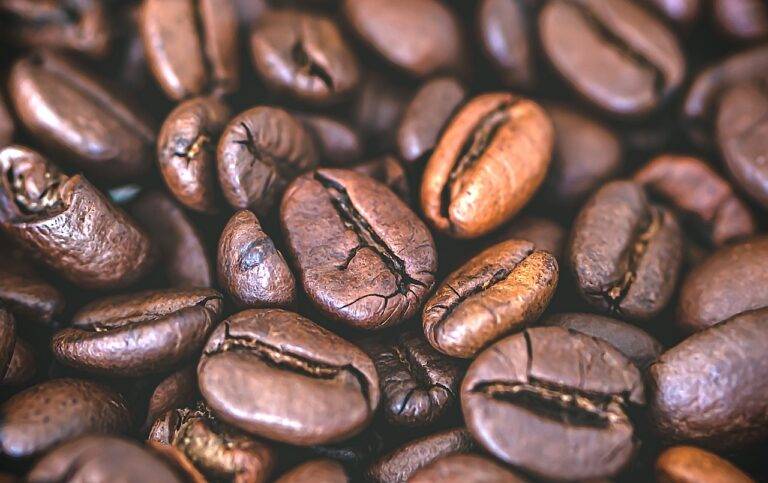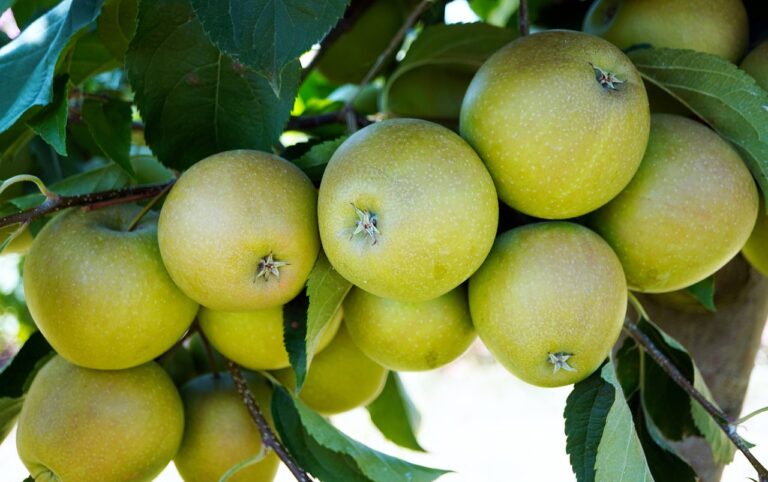The Art of Food Plating: Techniques for Creating Stunning Visual Displays
Food not only nourishes our bodies, but it also engages our senses in a way that can be truly transformative. One key element of the dining experience that often gets overlooked is the presentation of the dish. The way a meal is plated plays a crucial role in how it is perceived and enjoyed by diners. The art of food plating is a skill that chefs and culinary enthusiasts alike can hone to create stunning visual displays that elevate the dining experience to new heights. In this article, we will explore some techniques and tips for mastering the art of food plating.
1. Consider the Plate
The first step in creating a visually appealing dish is to choose the right plate. The plate serves as the canvas for your creation, so it is important to select one that complements the colors and textures of the food. Consider the size, shape, and color of the plate to ensure that it enhances the presentation of the dish rather than detracting from it.
2. Use Color Theory
Color plays a significant role in how we perceive food. By incorporating a variety of colors into your dish, you can create a visually striking presentation that is sure to catch the eye. Consider using a mix of vibrant fruits and vegetables, herbs, and edible flowers to add pops of color to your plate.
3. Focus on Balance and Composition
When plating a dish, it is important to consider the overall balance and composition of the presentation. Pay attention to the arrangement of the different components on the plate, making sure to distribute them evenly and in a visually pleasing manner. Use the principles of symmetry, asymmetry, and negative space to create a harmonious composition.
4. Pay Attention to Proportion
Proportion is key when it comes to food plating. Make sure that the portion sizes of each component are balanced and appropriate for the dish. Avoid overcrowding the plate with too many elements, as this can overwhelm the diner and detract from the overall presentation.
5. Experiment with Different Textures
Texture is another important element to consider when plating a dish. By incorporating a variety of textures, such as crunchy, creamy, and crispy, you can add depth and interest to the presentation. Consider using garnishes like toasted nuts, crumbled cheese, or crispy herbs to create contrast and complexity.
6. Garnish with Care
Garnishes are the finishing touch that can take a dish from good to great. Choose garnishes that not only complement the flavors of the dish but also add visual interest. Fresh herbs, microgreens, edible flowers, and citrus zest are all popular options for adding a pop of color and flavor to the plate.
Frequently Asked Questions
Q: How important is food plating in the dining experience?
A: Food plating plays a crucial role in the dining experience as it sets the stage for how the dish is perceived and enjoyed by diners. A beautifully plated dish can enhance the flavors, textures, and overall presentation of the meal.
Q: What are some common mistakes to avoid when plating food?
A: Some common mistakes to avoid when plating food include overcrowding the plate, using clashing colors, neglecting balance and composition, and failing to pay attention to proportion. By being mindful of these factors, you can create visually stunning dishes that are sure to impress.
Q: How can I improve my food plating skills?
A: Improving your food plating skills takes practice and attention to detail. Experiment with different plating techniques, color combinations, and garnishes to find what works best for you. Don’t be afraid to get creative and try new things to create visually stunning dishes that delight the senses.
Mastering the art of food plating takes time and practice, but by incorporating these techniques and tips into your culinary repertoire, you can create stunning visual displays that will wow your guests and elevate your dining experience to new heights.

